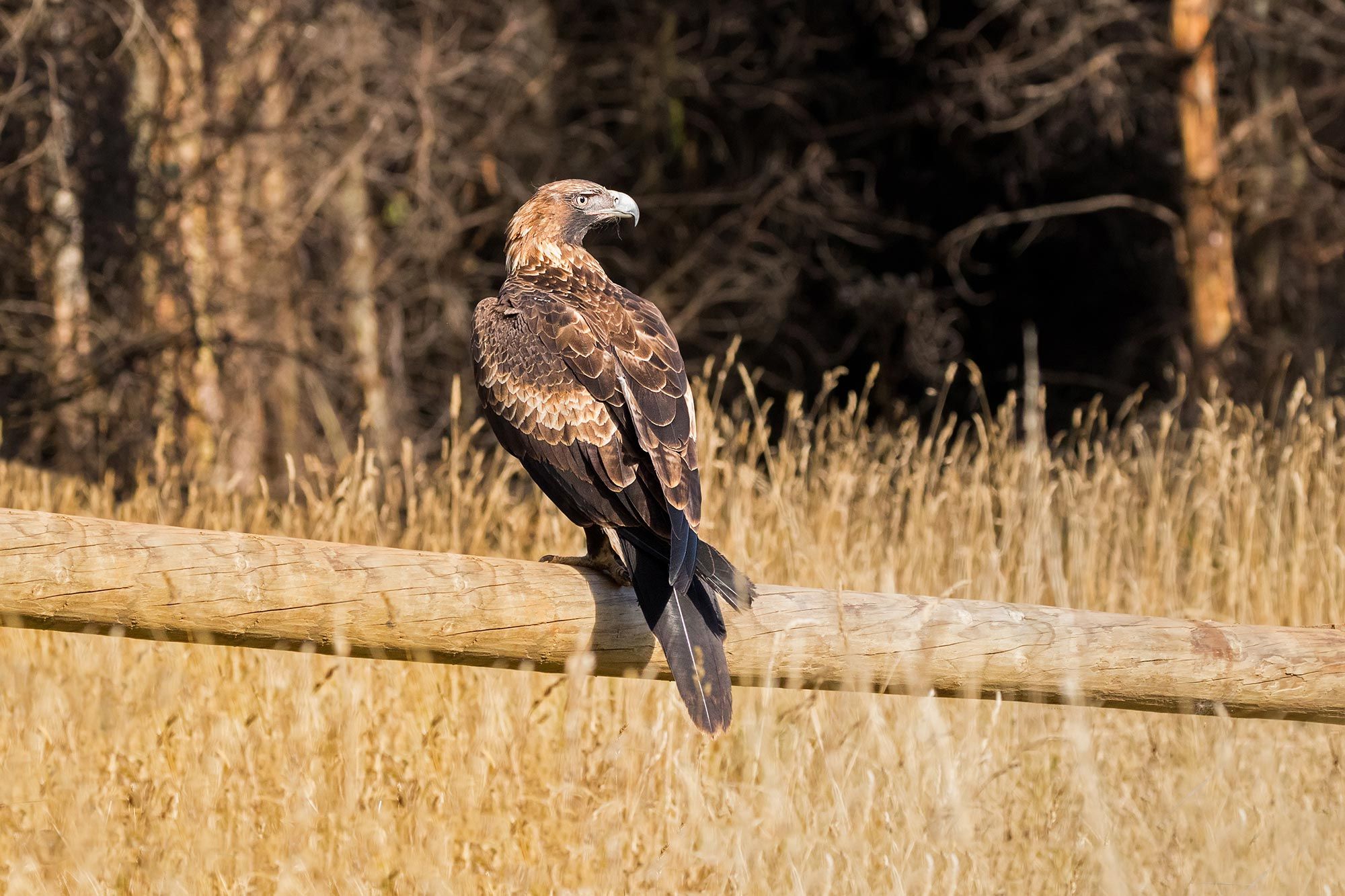Previous slide
Next slide
THREATENED SPECIES MANAGEMENT
Our wildlife in Queensland is under great pressure from climatic changes and human development and encroachment.
There are over 950 threatened species in Queensland alone and we each have a responsibility to ensure we protect and sustain our native wildlife.
Threatened species in Queensland includes any animal or plant that is at risk of extinction. They are categorised as endangered, vulnerable and near threatened species and listed under the Nature Conservation Act 1992 and / or the Environment Protection and Biodiversity Conservation Act 1999 for management.
Our services in relation to threatened species include:
- Habitat translocation and rehabilitation
- Animal breeding place surveys
- Development and submission of Species Management Plans and Impact Management Plans
- Fauna and habitat surveys
- Protected plant surveys and permits for EVNT flora species under the Nature Conservation (Wildlife Management) Regulation 2006
- Assessments of significance and referrals under the Commonwealth Environment Protection and Biodiversity Conservation Act 1999
- Ground truthing and assessment of significant impact on Matters of State Environmental Significance
- Fauna Spotter Catching and rescue
- Nest box supply, installation and monitoring



